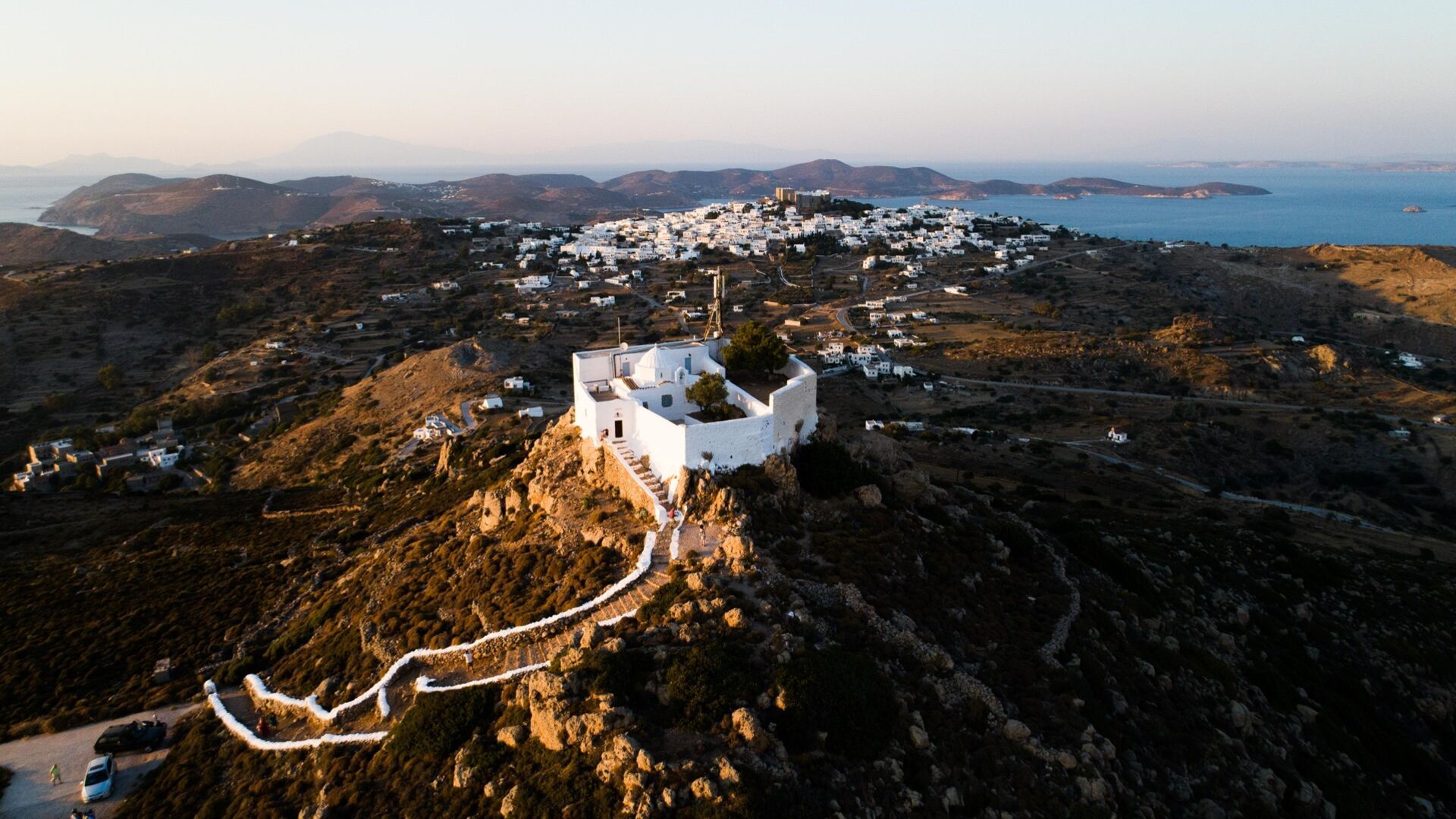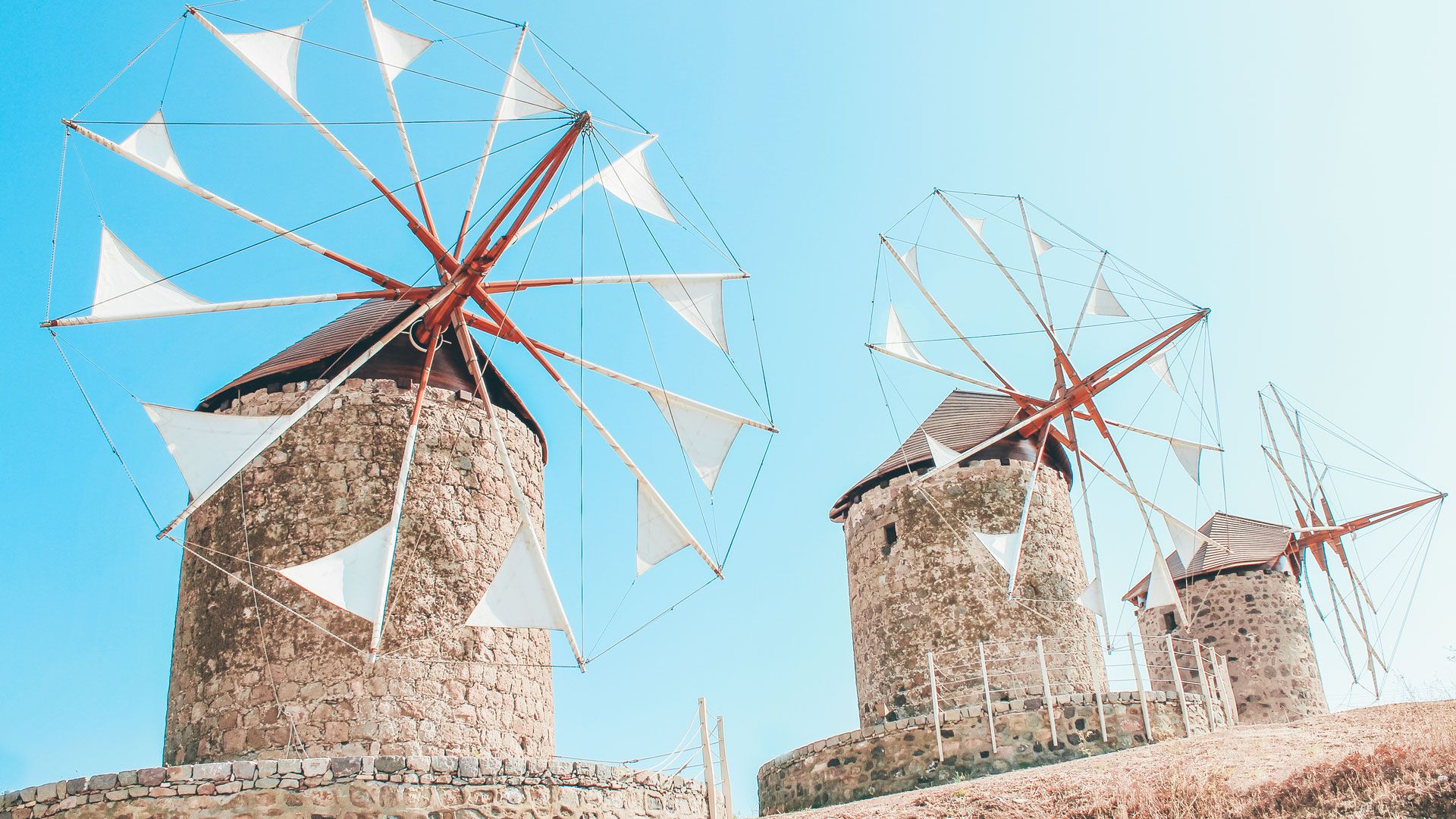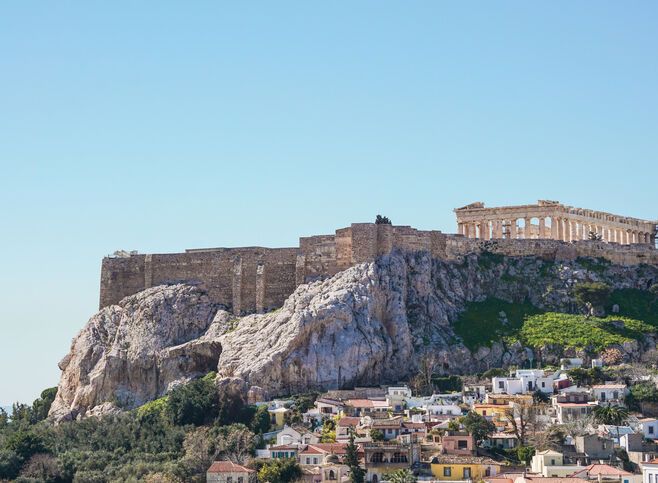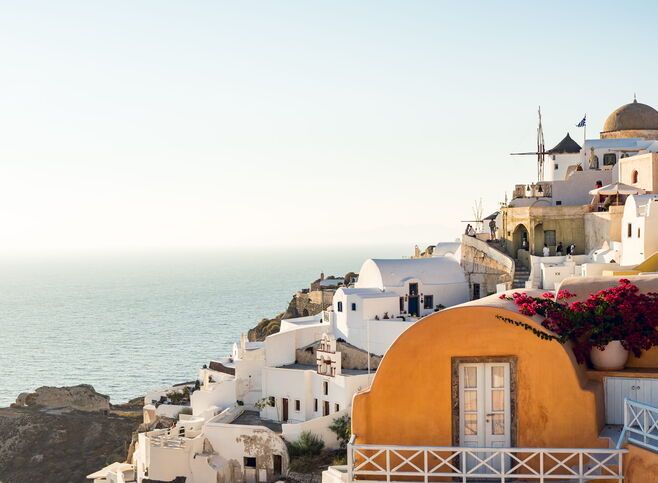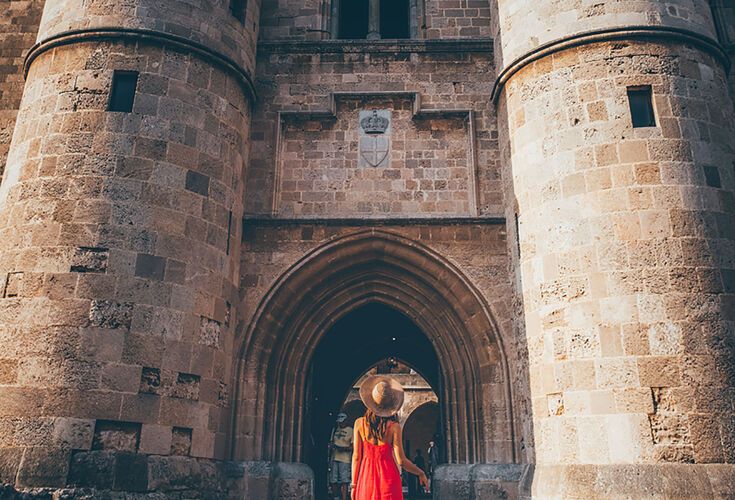- Places to go
- Things to do
- Book your trip
- Get Inspired
- More
- BACK
-
-
Grandeur and serenity. That’s what you feel when you enter the streets of Hora and the monastery of Patmos. For many years, during Orthodox Easter and all summer long, Patmos has been frequented by intellectuals, artists, royalty and discerning visitors from all over the world. Small and secluded yet spectacular all the same, it is the island of the Apocalypse, “The Jerusalem of the Aegean”, and has a deep relationship with religion.
Mystical experiences await you here in the Dodecanese: In the dark cave where St John the Divine wrote the book of Revelation, the Monastery of St John the Theologian, and the labyrinthine streets of Hora with its aristocratic homes. Discover an island-monument that UNESCO has declared a World Heritage Site.
This sacred, candlelit grotto is believed to be the spot where St John the Divine received his visions from Christ and transcribed the Book of Revelation, the last chapter of the Christian Bible. Exiled on Patmos in 95 AD, he preached to and baptised the island’s inhabitants. Eventually, Patmos came to be considered sacred and the cave became the focal point of a significant religious pilgrimage.
High on the hill above Hora, the Monastery of St John the Theologian is an important centre of worship. This monastery, with its significant religious history and imposing architecture, rises grandly over the Aegean and dominates life on Patmos. The monastic community here has existed for over 900 years and the relics, rare documents, icons and other Orthodox treasures in the monastery are invaluable.
It was established in 1088 by the Byzantine monk St Christodoulos the Blessed. Each Easter, on the night of the Resurrection, the Holy Light makes its way from Jerusalem to Patmos. Likewise, on Holy Thursday, the church service of Niptiros (which occurs only in Patmos and in Jerusalem) is an event that never fails to inspire.
Feudal lords and wealthy merchants and captains from the 16th to the 19th century have all left their mark on Hora. As you walk in the shadow of the imposing buildings with Gothic and neoclassical features, pass under the arcades and archways and head long alleyways that barely fit two people, it isn’t hard to understand why it’considered one of the most stately island towns in the Aegean.
Ask to be shown the sights and stately homes of Vardikou, Palaiologou, Valvi, Foundi (of Leonton) and be transported to another time. At Nikolaidi, which has been converted into an exceptional museum, you will find a representation of a traditional home in Patmos, as well as many archaeological discoveries.
This huge rock juts out of the water and looks like a sculpture in the sea. It is a significant archaeological site. Researchers believe it was once a temple of Aphrodite and continued to be a place of worship well into the Christian era. Climb up and see the carving in the rock, water reservoirs for sacred rituals and small caves where offerings were made. The view from the top is breathtaking, as the Aegean Sea unfolds at your feet.
These small monastic units in caves were created by monks. Beside their hermitages, they also built small temples.
Experience the view from the highest point of the island. All around you are caves and large rocks scattered everywhere, as if they were tossed from above. And in the distance is the reassuring presence of the big blue Aegean Sea.
A walk on Aporthiano road is worth your while. This old trail unites Hora with the port, Skala.
